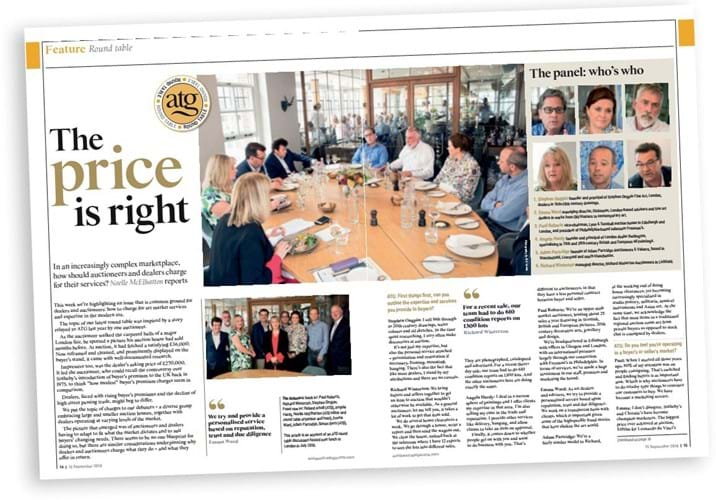‘Dealers shouldn’t have to justify their mark-up’:
Absolutely! Does the seller of a new Rolls-Royce car have to justify their retail pricing to buyers? It’s the buyer who must do their homework and trust the seller as well as know how to negotiate.
‘Auctioneers earn their buyer’s premium’:
Let’s get the history of this right. Buyer’s premium was implemented back in 1975 as a non-negotiable new revenue source that was directed at dealers to squeeze their profit margins as well as creating a push to the retail market buyer who didn’t and couldn’t complain about the issue.
As the record of its success shows, it didn’t stop at 10% but auctioneers have pushed it up to 25%. It has benefited sellers, who can now freely negotiate their commission payments with auctioneers. The fantasy of ‘earning’ the buyer’s premium is just that: nothing of value to the buyer that wasn’t already available before its implementation.
‘Dealers give fair valuations to consignors’:
Dealers are in the business of making a profit, and if a consignor doesn’t understand that, then let them take their chances with an auction. I generally hope to get the consignor a better price but not necessarily in the time frame of an auction and without miscellaneous add-on fees.
‘Auctioneers need to reduce seller’s commission to get good lots’:
With the non-negotiable buyer’s premium, what have they got to lose to be competitive with other auctioneers?
‘The underbidder is valued by auctioneers’:
No question about it, but they also have an ace up their sleeve with the secret reserve. Start the bidding at the reserve and let the games begin!
Finally, thank you for hosting the round table forum to discuss this perennial topic, the issues around which simply will not go away.
Lewis J Baer
Managing principal Newel (dealer) New York, USA
“ Let’s get the same sort of transparency for vendors as has been achieved for buyers
Transparency for vendors
MADAM – I groan when I read ‘dealers, faced with rising buyer’s premiums’ (ATG round table, No 2358). The reality is that it doesn’t matter one iota whether the buyer’s premium is 1% or 30%, since the buyer will factor this in, and pay the same amount regardless of the size of the premium.
We all know, and it should be made absolutely clear, that it is ultimately the vendor who will pay the 1% or 30% premium.
In my view, the exact cost to the vendor is often an opaque area: two lots of commissions, insurance, photography, bought-in fees, lotting fees and so on. Experienced auction seller as I am, I’m often shocked how these fees appear quite unexpectedly on my invoice (and in contrast to what I had accepted as a verbal agreement), with the result that it’s not uncommon to get less than 50% of the fully inclusive sale price.
Buyers can calculate exactly what they’re prepared to pay – the size of the premium is relatively irrelevant to them. So my contribution to your debate: let’s get the same sort of transparency for vendors as has been achieved recently for buyers.
Hammond Smith
Cambridge













